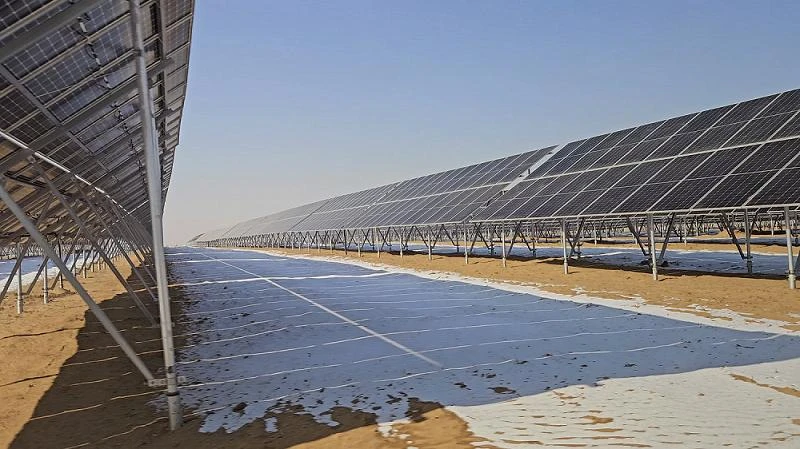solar panels on sloping roof
Solar Panels on Sloping Roofs Harnessing Renewable Energy Efficiently
As the world grapples with the pressing challenge of climate change and the depletion of fossil fuels, the adoption of renewable energy sources is becoming increasingly critical. Among these sources, solar energy stands out as a viable and sustainable option. One effective way to capture solar energy is through the installation of solar panels on sloping roofs. This article explores the benefits, considerations, and maintenance of solar panels on sloping roofs.
The Advantages of Sloping Roofs for Solar Panels
Sloping roofs provide an excellent platform for solar panel installation for several reasons. Firstly, they often have a natural angle that optimizes sunlight exposure throughout the day. The tilt of a sloping roof can enhance the efficiency of solar panels by allowing them to capture more direct sunlight, especially during peak hours. This can lead to higher energy output compared to flat roofs, which might require additional mounting systems to achieve the optimal angle.
Additionally, sloping roofs can facilitate better drainage during rainfall, reducing the risk of water accumulation that can damage solar panels or the roofing material. This runoff helps maintain the cleanliness of the panels, as debris and dust are less likely to accumulate compared to flat surfaces, which can enhance the effectiveness of the solar energy system.
Considerations Before Installation
While there are numerous advantages to installing solar panels on sloping roofs, several considerations must be taken into account. One of the primary factors is the roofing material. Certain materials, such as asphalt shingles or metal roofing, are generally more suitable for solar panel installation due to their durability and compatibility with mounting systems. Homeowners should consult with professionals to ensure their roof can support the weight of the panels and withstand potential winds and weather conditions.
solar panels on sloping roof

Another important consideration is the orientation of the roof. Ideally, south-facing slopes are best for maximizing sunlight exposure in the Northern Hemisphere, while in the Southern Hemisphere, north-facing slopes are preferred. Homeowners should assess their roof's structural integrity and solar exposure before deciding on the installation, as these factors significantly influence energy production.
Maintenance and Lifespan of Solar Panels
Once installed, solar panels require minimal maintenance. Regular inspections are essential to ensure that dust or debris does not obstruct sunlight. Most solar panels are designed to withstand various weather conditions, and cleaning them occasionally, especially after storms or strong winds, can improve their efficiency.
The lifespan of solar panels is another attractive feature. Most panels come with warranties ranging from 20 to 25 years, and many continue to produce energy beyond their warranty period, albeit at a reduced efficiency. Homeowners can enjoy significant savings on energy costs over the life of the system, making the initial investment highly worthwhile.
Conclusion
In conclusion, solar panels on sloping roofs represent a win-win situation for homeowners looking to contribute to renewable energy efforts while reducing their energy bills. The natural angle and drainage benefits of sloping roofs make them ideal candidates for solar panel installation. However, careful planning, selection of appropriate materials, and consideration of maintenance will ensure homeowners maximize their investment. As technology advances and more people embrace sustainable living practices, the installation of solar panels will undeniably play a crucial role in the transition to a cleaner, greener future.
-
String Solar Inverter: The High-Efficiency Solution for Smart Solar EnergyNewsJul.14,2025
-
Revolutionizing Rooftop Energy with the Power of the Micro Solar InverterNewsJul.14,2025
-
Power Independence with Smart Off Grid Solar Inverter SolutionsNewsJul.14,2025
-
On Grid Solar Inverter: Powering the Future with Smart Grid IntegrationNewsJul.14,2025
-
Monocrystalline Solar Panels: High-Efficiency Power for the Future of Clean EnergyNewsJul.14,2025
-
Bifacial Solar Panel: A Smarter Investment for Next-Generation Energy SystemsNewsJul.14,2025







